Charleston Currents #12.07 | Dec. 16, 2019
TWINKLE TWINKLE: West Ashley resident Cynthia Bledsoe recently took a week-long holiday tour of Austria and Germany and found the countries brimming with cheer. Above, a train drops off and picks up passengers in the downtown area of Linz, Austra, illuminated by thousands of lights. Check out how the Europeans light up the holidays in more pictures in today’s Photo Essay.
TODAY’S FOCUS, Palm: Let’s be smarter about dealing with traffic woes
COMMENTARY, Brack: Get these 5 things right in 2020
IN THE SPOTLIGHT: South Carolina Ports Authority
PHOTO ESSAY: Holiday cruise finds Europe brimming with holiday cheer
FEEDBACK: Got something to say? Send us a letter.
MYSTERY PHOTO: Warm, autumn light
S.C. ENCYCLOPEDIA: White lightning
CALENDAR: Free parking available in downtown Charleston garages
Let’s be smarter about dealing with traffic woes
By Fred Palm, contributing editor | The S.C. Department of Transportation (SCDOT) wants to widen Interstate 526 to six lanes in Charleston and Berkeley counties recognizing that congestion is regional and the correct response is more highway.
Artificial intelligence (AI) is making its way into the commercial, medical and educational spheres. Traffic management involves dynamic conditions involving both complex and repetitive decisions to control traffic signals to get us through an intersection. Congestion detection and prediction is a math problem that we can do — and so can trained machines.
Artificial intelligence can improve a host of our intersections with smart signal timings as will happen in Mount Pleasant’s intersection of S.C. Highway 41 and U.S. Highway 17 or on River Road as S.C. Sen. Sandy Senn, R-Charleston, has put forward. In fact, the Federal Highway Administration advocates more use of these “Adaptive Traffic Management Systems.”
By taking the existing data that we are already sending from mapping software as well as data from cell towers, highway cameras and police reports, we already have most of the first approximation data we need to reduce our travel time. Add in more sensors generating better data and pretty soon we may even get a text telling us the optimal time to be ready to leave in the morning to get into our workplace close to the appointed time.
Rather than invest an unknown amount to widen highways first, SCDOT needs to develop an understanding of how well artificial intelligence technology can reduce congestion, which would avoid close to a decade of road-building gridlock, detours, safety slowdowns and as well as investment in what will be a king’s ransom in concrete that will be under water before the roadway is usable.
We can also look at pricing the travel slots to spread out the timing and place of congestion paying for the premium service of reducing our travel experience that can fund mass transit more, further reducing the prevailing congestion.
There is one thing we have learned about widening roads. They fill up quickly and degrade back to their prior state, which proves congestion is dynamic. So we need to get dynamic in our responses to congestion by using our own intelligence and some artificial help. We can all enjoy smarter traffic.
- Have a comment? Send to: editor@charlestoncurrents.com
Get these five things right in 2020
By Andy Brack, editor and publisher | The 2020 legislative season will be upon us before we know it. If it is typical, campaign-year bluster will fill rooms as lawmakers clamor for the spotlight to get pet projects passed. Hot-button, controversial issues will suck oxygen out of the Statehouse and waste valuable time.
 Let’s pray for an atypical legislative year — one in which officials get real things accomplished. Rather than waste time on meaningless bills, legislators need to get these five things right, once and for all:
Let’s pray for an atypical legislative year — one in which officials get real things accomplished. Rather than waste time on meaningless bills, legislators need to get these five things right, once and for all:
Santee Cooper. The state’s utility, which has provided power and fueled rural development since the Depression, has been under the gun for more than two years since a $9 billion nuclear facility unraveled. In 2020, the utility faces sale to a private company, management takeover by an outside firm or internal reorganization to fix the mess.
Legislators will look at proposals through January and take up the issue. Let’s hope they do the right thing for ratepayers and taxpayers and not dump the investment that they’ve made for generations to get rid of a pesky political cloud. Santee Cooper should remain public.
Education. Gov. Henry McMaster has proposed a $3,000 raise for the state’s 50,000 public school teachers, in part because of $1.8 billion in extra funds available to the legislator next year. The governor is onto something — that teachers need to be paid more so we stop the talent drain from public schools.
Armed with a big surplus in 2019, lawmakers gave teachers a 4 percent raise, a $159 million expenditure that was the largest investment in teachers in three decades. Normally, legislators would give each other a high-five and move to something else in 2020. But these aren’t normal times. Teachers need more pay. Students need fewer standardized tests. Rural schools need building improvements. Classrooms need to be smaller. The education funding formula needs attention. in 2020, lawmakers must spend more time on education to get it right so we can get out of the national basement.
 Offshore drilling. Once and for all, South Carolina legislators need to adopt legislation to protect our coast from exploration and drilling for oil and natural gas. Not only would underwater testing booms for fuel critically harm the already-threatened northern right whale, but South Carolina’s tourist economy can’t sustain a Deepwater Horizon-type accident that could devastate the state’s 8,000 miles of marsh shoreline.
Offshore drilling. Once and for all, South Carolina legislators need to adopt legislation to protect our coast from exploration and drilling for oil and natural gas. Not only would underwater testing booms for fuel critically harm the already-threatened northern right whale, but South Carolina’s tourist economy can’t sustain a Deepwater Horizon-type accident that could devastate the state’s 8,000 miles of marsh shoreline.
Tax reform. The state’s big surplus and extra revenue likely will fuel politically-expedient discussions about giving money back to taxpayers, which would be little more than an election year bribe. What lawmakers really need to do is get serious about comprehensive tax reform, not change of an income tax bracket here or a sales tax break there. They’ve talked for years about fixing tax exemptions and rebalancing income, sales and other taxes. Nibbling around the edges won’t create what’s really needed — a broader base with lower rates to provide more stability over the long term.
Workforce development. The legislature needs to give some significant love to something that just hasn’t been on the front burner — making sure students are ready for the 21st century workplace. More attention and money need to be spent strategically to ensure education stretches beyond 12th grade into technical colleges so students have fine-tuned skills to get jobs. Lawmakers need to start thinking of education as a K-14 thing, not a K-12 thing.
If our state elected officials want extra credit, there’s a laundry list of more they could do to make South Carolina more competitive:
- Fix poverty. Too many people are still living in conditions that are unacceptable.
- Expand Medicaid. Too many people don’t have affordable access to good health care.
- Invest in infrastructure. There are billions of dollars of deferred maintenance projects at state buildings and universities.
- Help small business. While known as the driver of economies, the state’s small businesses don’t get enough policy attention.
- Cut the prison population. Develop more alternative sentencing methods for non-violent offenders so we can stop warehousing so many lawbreakers and save money.
South Carolina legislators should abandon typical election-year tomfoolery. Get things that work done. Yes, it will be hard. But public service isn’t supposed to be easy.
- Andy Brack is the editor and publisher of Charleston Currents and Statehouse Report. Have a comment? Send to: editor@charlestoncurrents.com
South Carolina Ports Authority
 Founded in 1942, the South Carolina Ports Authority (SCPA) owns and operates public marine terminals at two port facilities, the Port of Charleston and the Port of Georgetown, in addition to inland ports in Greer and Dillon, S.C. These facilities are owner-operated terminals, meaning the SCPA owns the terminals, operates all container cranes, manages and operates all container storage yards and leads all customer service functions in both the yard and the lanes.
Founded in 1942, the South Carolina Ports Authority (SCPA) owns and operates public marine terminals at two port facilities, the Port of Charleston and the Port of Georgetown, in addition to inland ports in Greer and Dillon, S.C. These facilities are owner-operated terminals, meaning the SCPA owns the terminals, operates all container cranes, manages and operates all container storage yards and leads all customer service functions in both the yard and the lanes.
SCPA promotes, develops and facilitates waterborne commerce to meet the current and future needs of its customers, and for the economic benefit of the citizens and businesses of South Carolina. In fact, SCPA facilities in Charleston, Dillon, Georgetown and Greer drive $53 billion in annual statewide economic impact and 1 in every 11 SC jobs is attributed to the Port.
- For more information, visit www.scspa.com.
- To meet all of our underwriters, click here.
Holiday season in Austria and Germany
By Cynthia Bledsoe, special to Charleston Currents | I recently returned from a week long Danube River Christmas Market river cruise, which began in Vienna and ended in Nuremberg, Germany.
We traveled from Vienna to Melk and Linz, Austria and then into Germany, stopping in Passau, Regensburg and Nuremberg. Each town was decorated with different lights and festive Christmas decorations and the markets were filled to the brim with food, ornaments and lovingly hand-crafted goods.
- Have a comment? Send to: editor@charlestoncurrents.com
Got something to say? Let us know by mail or email
We’d love to get your impact in one or more ways:
Send us a letter: We love hearing from readers. Comments are limited to 250 words or less. Please include your name and contact information. Send your letters to: editor@charlestoncurrents.com. | Read our feedback policy.
Tell us what you love about the Lowcountry. Send a short comment – 100 words to 150 words – that describes something you really enjoy about the Lowcountry. It can be big or small. It can be a place, a thing or something you see. It might the bakery where you get a morning croissant or a business or government entity doing a good job. We’ll highlight your entry in a coming issue of Charleston Currents. We look forward to hearing from you.
Warm, afternoon light
You can feel the warmth on this building on a cool fall day as the sun started to set. But what and where is it? [Several photos lately have been hard, so here’s a holiday “gimme!”] Send your guess to: editor@charlestoncurrents.com. And don’t forget to include your name and the town in which you live.
Our previous Mystery Photo
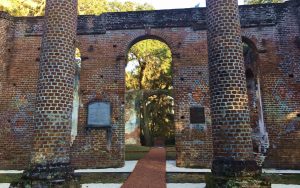 Our Dec. 9 mystery, “An old place,” is the Old Sheldon Church ruins near Yemassee. If you look closely, you’ll see a new look with manicured rock paths, even though they are blocked these days by a fence that surrounds the historic church.
Our Dec. 9 mystery, “An old place,” is the Old Sheldon Church ruins near Yemassee. If you look closely, you’ll see a new look with manicured rock paths, even though they are blocked these days by a fence that surrounds the historic church.
Hats of to George Graf of Palmyra, Va.; Cynthia Bledsoe, Kristina Wheeler and Stephen Yetman, all of Charleston; Benjamin Comer and Archie Burkel, both of James Island; Allan Peel of San Antonio, Texas; Bill Segars of Hartsville, Marnie Huger of Richmond, Va.; and Jay Altman of Columbia.
Segars said Prince William Parish Church, commonly known as Sheldon, is outside Gardens Corner in Beaufort County. “This Anglican parish was established in 1736 and Sheldon was built in 1755. The building was named Sheldon after S.C. Colonial Governor William Bull’s plantation Sheldon Hall. It was burned during the American Revolution in May of 1779. The wood work was restored in 1824 and the church was reused only to fall into disrepair during and after the War Between the States and never was repaired after that. For many years Sheldon was thought to have been burned by Sherman’s troops, but a recently-found letter details how Sheldon looked after the War Between the States.”
Peel added a little more information: “There is some debate as to what actually happened to the original structure during its long history. … A dispute to this background [that Sherman ordered the burning of the church] arose in 2000 when the University of South Carolina Press released a book entitled “The Leverett Letters: Correspondence of a South Carolina Family, 1851-1868.”
“The Rev. Charles Edward Leverett was the owner of Canaan (a prominent plantation in Beaufort County) while serving as pastor for a small congregation of the Sheldon Church from 1846-1858. The Leverett Letters features 230 letters written by Leverett’s nine children during their excursions away from home to attend college, post-graduate studies, European travels and service in the Confederate Army during the Civil War. In one of these letters, written in February 1866, Leverett’s son Milton revealed to his mother that Sherman and the Union troops had not been responsible for the church’s destruction. In the letter, Milton wrote:
‘Sheldon Church is not burnt down. It has been torn up inside somewhat but it could be repaired. A good many Beaufort people are living in Beaufort in any vacant house or story they can get, and I am surprised to see them so cheerful . . . Beaufort is not in near so bad a condition as we supposed.’
“From this narrative it has been concluded by some that Milton believed that the inside of the Sheldon Church had not been burned by the Union troops, but rather, had been gutted by the local residents who needed materials to rebuild their homes that were burned by Sherman’s army.”
Great insight, Allan. Thanks!
Send us a mystery: If you have a photo that you believe will stump readers, send it along (but make sure to tell us what it is because it may stump us too!) Send it along to editor@charlestoncurrents.com.
White lightning
S.C. Encyclopedia | White lightning, a white whiskey made surreptitiously and illegally, was once produced in great quantities in South Carolina. It got its name from its color and the kick it delivers when consumed.
![]() The beverage achieved popularity in South Carolina and the rest of the South largely because of the high taxes on legal whiskey, the ready availability of the major raw material—traditionally corn— and the region’s poverty, which made moonshining an attractive industry for many farmers. Production mushroomed between 1915, when South Carolina went legally dry, and 1933, when national prohibition ended. White lightning became part of the culture of some rural areas, including parts of southern Appalachia.
The beverage achieved popularity in South Carolina and the rest of the South largely because of the high taxes on legal whiskey, the ready availability of the major raw material—traditionally corn— and the region’s poverty, which made moonshining an attractive industry for many farmers. Production mushroomed between 1915, when South Carolina went legally dry, and 1933, when national prohibition ended. White lightning became part of the culture of some rural areas, including parts of southern Appalachia.
The potable, often referred to as “moonshine” because it was usually produced at night, is often made under conditions so primitive that it has proved lethal. But its “proper” manufacture is considered an art form by some backwoods connoisseurs.
The whiskey is produced from mash, which is a mixture of grain, sugar, water, and yeast that ferments to produce the alcohol. Lack of aging leaves the whiskey with a clean “white” look. Distilleries are commonly made of copper for the most part, which, the producers think, helps maintain the flavor. Manufacturers usually make their own stills.
Agents from the Bureau of Alcohol, Tobacco, and Firearms, humorously called “revenooers” by the moonshiners, have sharply curtailed the illegal operations. In 2003 a South Carolina law enforcement official said the last distillery raid had probably occurred just three months earlier. But isolated moonshiners still ply their art in South Carolina, and many of their customers wax ecstatic when they are lucky enough to purchase a batch they consider safe and savory.
— Excerpted from an entry by Robert A. Pierce. This entry may not have been updated since 2006. To read more about this or 2,000 other entries about South Carolina, check out The South Carolina Encyclopedia, published in 2006 by USC Press. (Information used by permission.)
Free parking available in downtown Charleston garages
Staff reports | Charleston city and county governments have partnered to offer two-hour parking vouchers valid at select garages, now through Wed. Jan. 1. Print the voucher. It can be used at these garages:
- Visitor Center, 73 Mary St.
- Concord/Cumberland, 1 Cumberland St.
- S.C. Aquarium, 24 Calhoun St.
- Majestic Square, 211 King St.
- St. Philip St., 34 St. Philip St.
- East Bay/Prioleau, 25 Prioleau St.
- Midtown, 553 King St.
- Queen Street, 93 Queen St.
Also on the calendar:
![]() Surgeon General to speak: Doors open at 11:30 a.m., Dec. 19, Hall’s Chophouse, 434 King St., Charleston. U.S. Surgeon General Jerome M. Adams, a board-certified anesthesiologist, will give a talk on how the health of Americans is not as good as it could be, despite large expenditures on healthcare. Adams will outline an initiative to improve health. Tickets are $32 for a three-course meal. More: www.BrownPaperTickets.com.
Surgeon General to speak: Doors open at 11:30 a.m., Dec. 19, Hall’s Chophouse, 434 King St., Charleston. U.S. Surgeon General Jerome M. Adams, a board-certified anesthesiologist, will give a talk on how the health of Americans is not as good as it could be, despite large expenditures on healthcare. Adams will outline an initiative to improve health. Tickets are $32 for a three-course meal. More: www.BrownPaperTickets.com.
Elf the Musical: Seventeen shows through Dec. 22, Dock Street Theatre, 135 Church St., Charleston. Based on the beloved and hilarious 2003 Will Ferrell film, Elf The Musical by Charleston Stage tells the story of Buddy who mistakenly crawls into Santa’s bag of gifts and is transported to the North Pole. Tickets are $29 to $71. Learn more.
Holiday Festival of Lights: Opens 5:30 p.m., through Dec. 31, 2019, James Island County Park. Now in its 30th year, the Holiday Festival of Lights is open every evening, rain or shine, with closing set for 10 p.m., except Fridays and Saturdays, which close at 11 p.m. The show returns to make merry magical memories with its vibrant light show is one of Charleston’s most cherished holiday events, featuring an estimated two million dazzling lights. More.
Black America: Resilient: Through Jan. 25, 2020, Redux Contemporary Art Center, 1056 King St., Charleston. The center offers this solo show that highlights the work of Dontré Major, a College of Charleston art graduate whose work takes a look at Black/African Americans in the United States during different periods throughout time. Each photograph is meant to emulate the feelings individuals had during these specific times, and touch on the struggle they went through to be seen as equals.
North Charleston art shows: Open daily through Jan. 31, North Charleston City Gallery, Charleston Area Convention Center, 5001 Coliseum Drive, North Charleston. On display are paintings by Pinopolis artist Katherine Hester in an exhibit titled Ebb and Flow and photographs by North Charleston photographer Jenion Tyson in A Bug’s Eye View: Macro Photograph in the Garden. Admission is free.
Lights of Magnolia: 5:30 p.m. to 9:30 p.m., through March 15, 2020, Magnolia Plantation and Gardens, West Ashley. Enjoy nine acres of Chinese lanterns, dragons and more at the venerable garden’s new evening attraction. The lantern festival includes custom-designed installations of large-scale thematically unified lanterns, a fusion of historic Chinese cultural symbols and images that represent the flora and fauna of Magnolia. Learn more online. Tickets are $11-$26. On-site parking is limited, but shuttles are available. For more information and frequently asked questions, click here.
Early morning bird walks at Caw Caw: 8:30 a.m. every Wednesday and Saturday, Caw Caw Interpretive Center, Ravenel. You can learn about habitats and birds, butterflies and other organisms in this two-hour session. Registration is not required, but participants are to be 15 and up. $10 per person or free to Gold Pass holders. More: http://www.CharlestonCountyParks.com.
AREA MARKETS
Click here to read where you can find 20 area holiday markets so you can buy local and be local. More: Charleston City Paper. In other regular markets:
- FRIDAYS/SATURDAYS: Night Market. Every Friday and Saturday from 6:30 p.m. to 10:30 p.m. for the rest of the year, you can shop with 108 vendors, including artists and craftsmen, at the night market on Market Street between East Bay and Church streets. It’s more than four blocks of local shopping and fun. Free.
- SATURDAYS: Johns Island Farmers Market operates each Saturday from 9:30 a.m. to 1:30 p.m. year-round with more than 50 local farmers and vendors, food trucks, music and more. The market is located on the campus of Charleston Collegiate School, 2024 Academy Road, Johns Island
- If you have an event to list on our calendar, please send it to feedback@charlestoncurrents.com for consideration. The calendar is updated weekly on Mondays.
If you like what you’ve been reading, how about considering a contribution so that we can continue to provide you with good news about Charleston and the Lowcountry. Interested? Just click the image below.
OUR UNDERWRITERS
Charleston Currents is an underwriter-supported weekly online journal of good news about the Charleston area and Lowcountry of South Carolina.
- Meet our underwriters
- To learn more about how your organization or business can benefit, click here to contact us. Or give us a holler on the phone at: 843.670.3996.
OUR TEAM
Charleston Currents offers insightful community comment and good news on events each week. It cuts through the information clutter to offer the best of what’s happening locally.
- Mailing address: 1316 Rutledge Avenue | Charleston, SC 29403
- Phone: 843.670.3996
Charleston Currents is provided to you weekly by:
- Editor and publisher: Andy Brack, 843.670.3996
- Contributing editor, common good, Fred Palm
- Contributing editor, money: Kyra Morris
- Contributing editor, Palmetto Poem: Marjory Wentworth
- Contributing editor, real estate: Digit Matheny
- Contributing photographer: Rob Byko
SUBSCRIBE FOR FREE
Subscriptions to Charleston Currents are free.
- Click here to subscribe.
- Unsubscribe. We don’t want to lose you as a reader of Charleston Currents, but if you must unsubscribe, you will have to do it through the email edition you receive. Just go to the bottom of any of your weekly newsletters and click the “unsubscribe” function. If that doesn’t work, please send us an email with the word “unsubscribe” in the subject line.
- © 2008-2019, City Paper Publishing, LLC. All rights reserved. Charleston Currents is published every Monday by City Paper Publishing LLC, 1316 Rutledge Ave., Charleston, SC 29403.


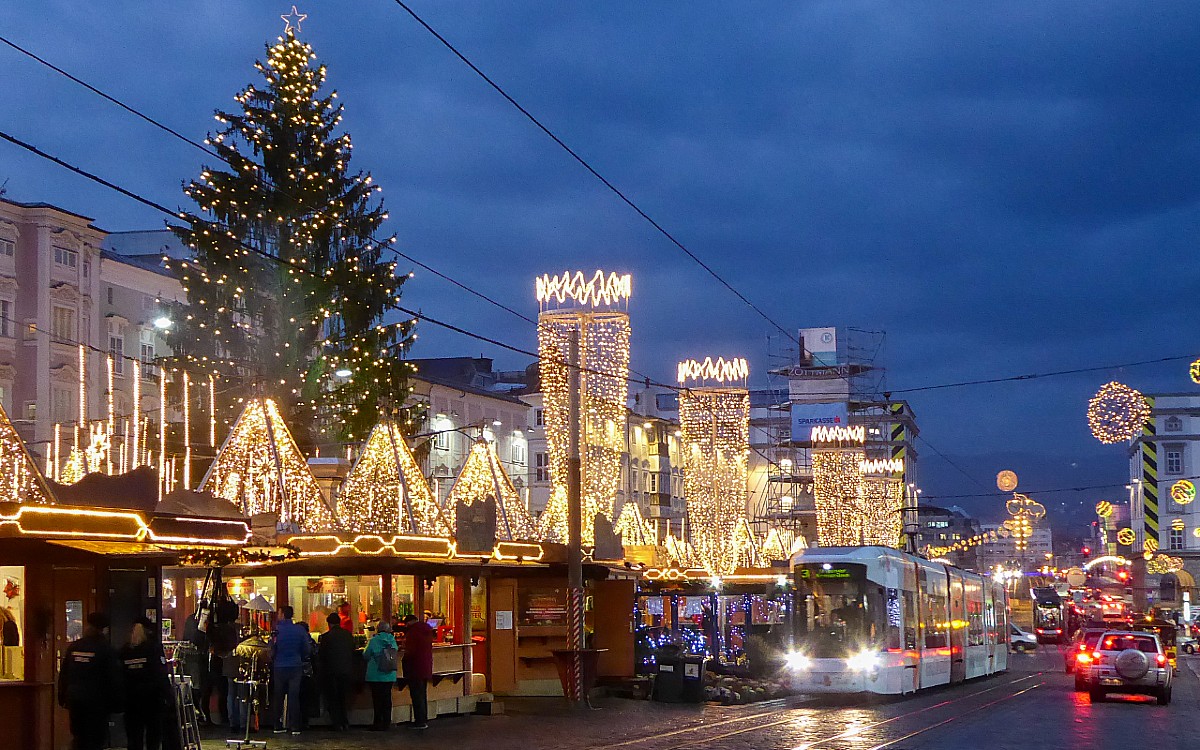


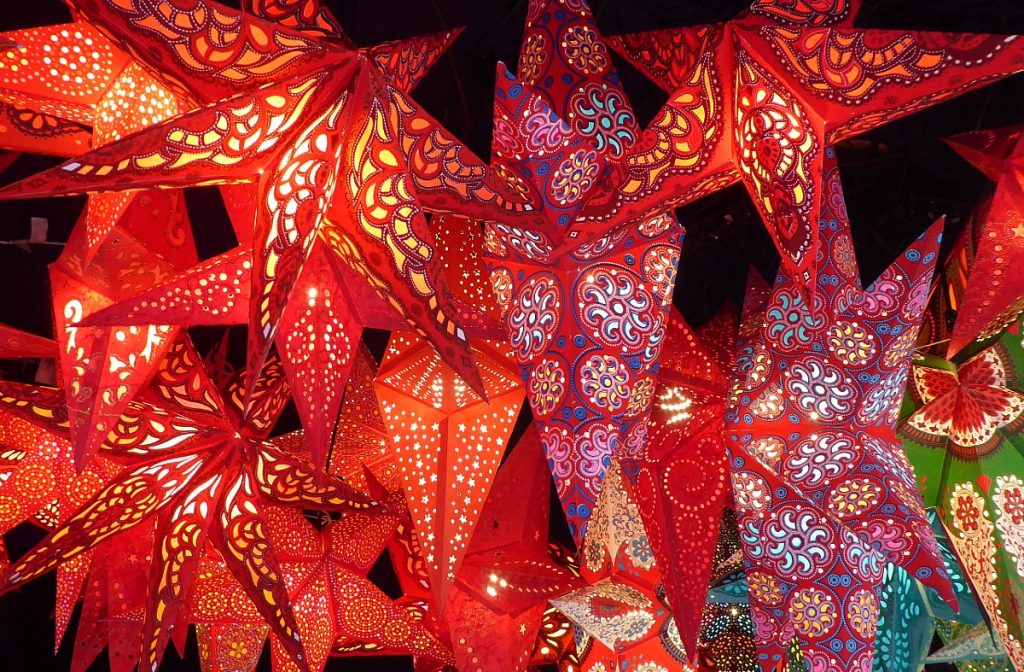

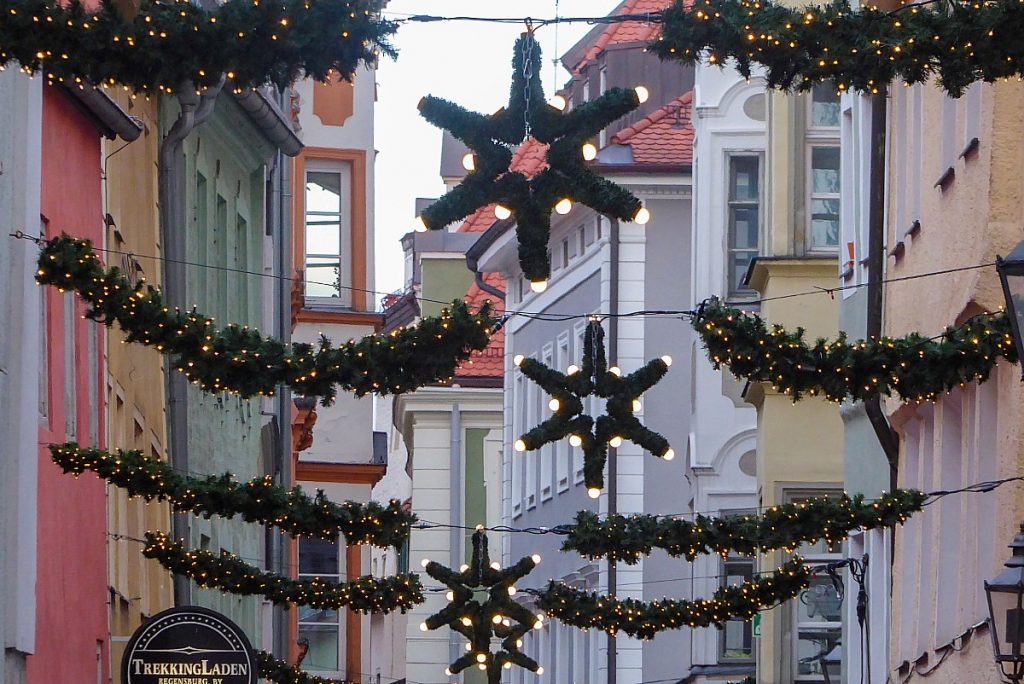
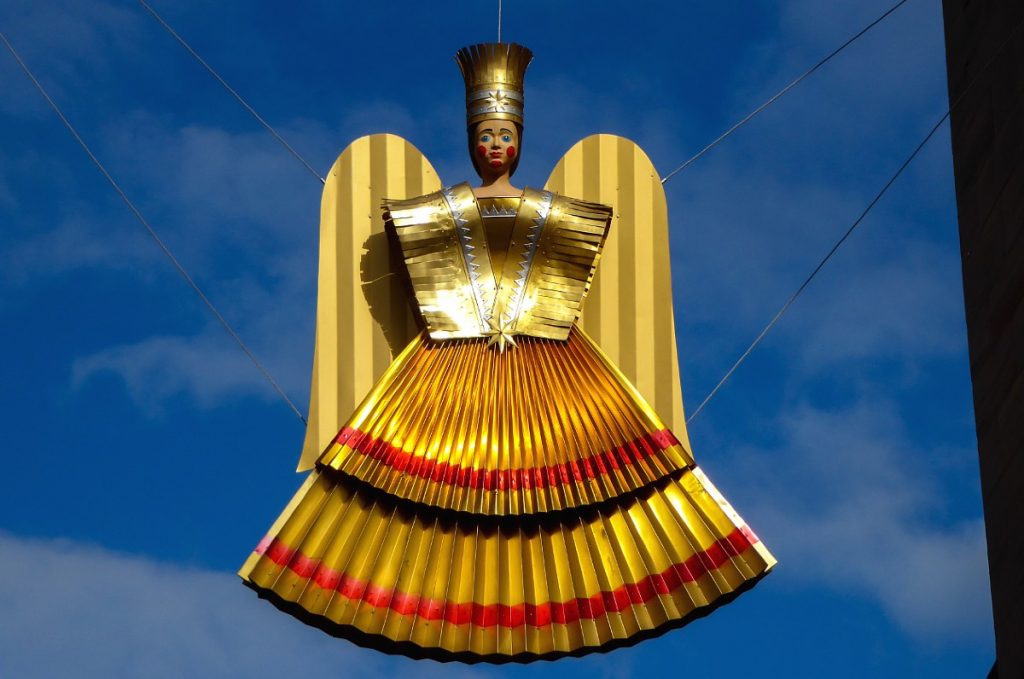
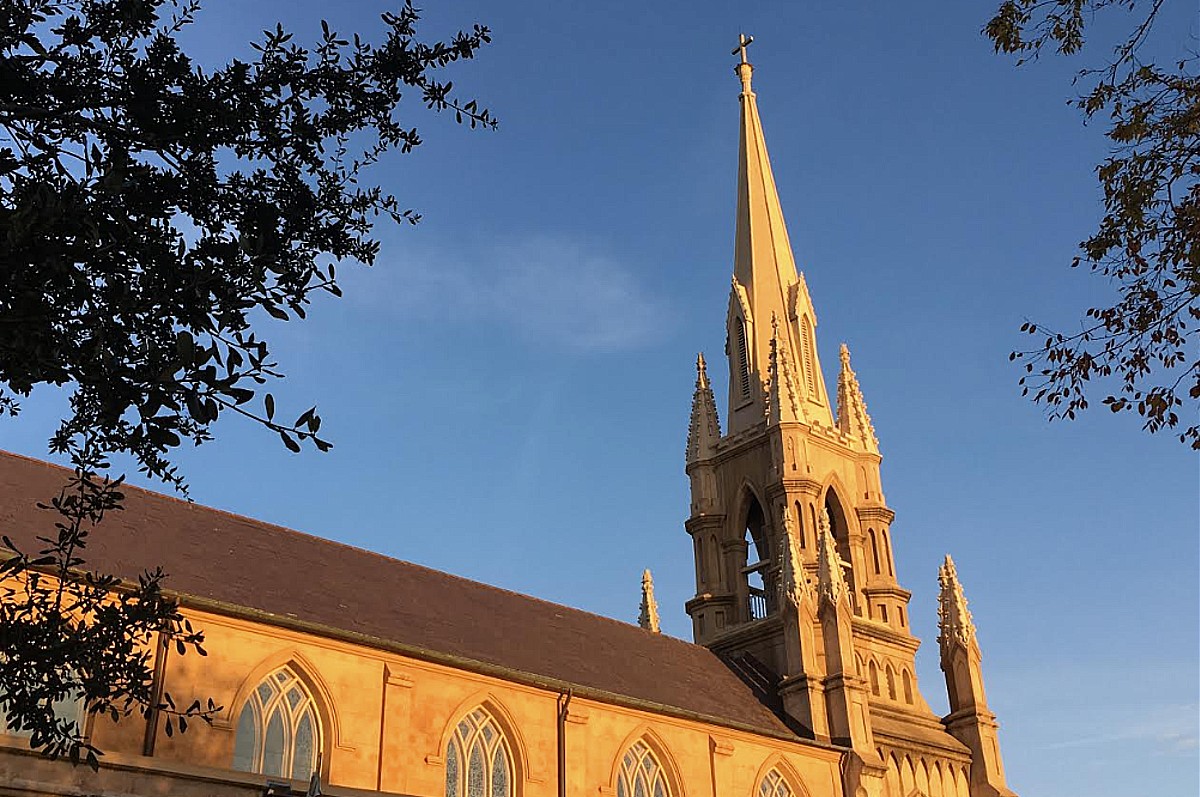



 We Can Do Better, South Carolina!
We Can Do Better, South Carolina!























